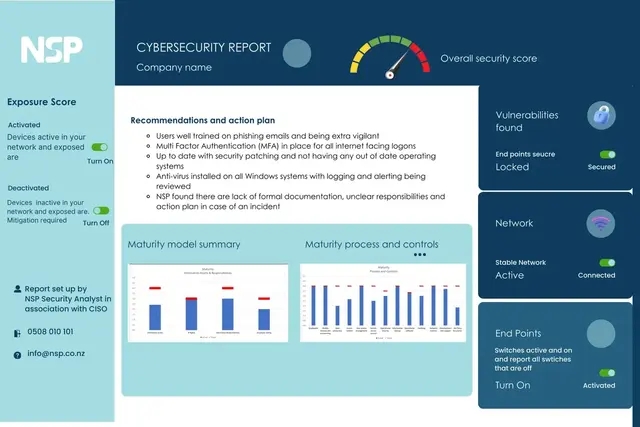Security Operations Center: The Heart of Modern Cybersecurity

Security Operations Center: The Heart of Modern Cybersecurity
In today’s digital landscape, businesses face an increasing array of cyber threats that demand constant vigilance. A Security Operations Center (SOC) serves as the nerve center for identifying, mitigating, and preventing cybersecurity incidents, ensuring organizations maintain robust defenses against cyberattacks.
What is a Security Operations Center?
A Security Operations Center is a centralized unit that houses cybersecurity professionals, advanced tools, and technologies dedicated to monitoring, analyzing, and responding to security incidents. Operating 24/7, a SOC ensures that businesses remain proactive against cyber threats, safeguarding sensitive data and critical systems.
Core Functions of a Security Operations Center
A SOC provides comprehensive security oversight by performing several essential functions:
- Continuous Monitoring: Real-time surveillance of networks, systems, and endpoints to detect suspicious activities.
- Incident Response: Swift actions to contain and mitigate threats, minimizing damage.
- Threat Intelligence: Leveraging global and industry-specific intelligence to stay ahead of emerging threats.
- Vulnerability Management: Identifying and addressing weaknesses in systems before attackers exploit them.
- Compliance Management: Ensuring adherence to regulations such as GDPR, HIPAA, or ISO 27001.
Benefits of Implementing a Security Operations Center
Organizations equipped with a SOC gain several advantages:
- Proactive Threat Detection: SOC teams prevent breaches by addressing vulnerabilities before they escalate.
- Minimized Downtime: Rapid incident response ensures business continuity.
- Enhanced Data Security: Safeguards critical data from breaches, theft, or loss.
- Regulatory Compliance: Helps organizations avoid penalties and legal issues.
Building a Modern Security Operations Center
To create an efficient SOC, businesses should prioritize:
- Advanced Technology Stack: Employing tools like SIEM (Security Information and Event Management), endpoint detection systems, and threat-hunting platforms.
- Skilled Professionals: Recruiting cybersecurity analysts, threat hunters, and incident responders.
- Automation and AI: Leveraging artificial intelligence to reduce response times and improve threat detection accuracy.
- Continuous Training: Keeping teams updated on the latest cybersecurity trends and threats.
The Future of Security Operations Centers
As cyber threats evolve, SOCs are integrating artificial intelligence, machine learning, and automation to bolster their capabilities. Advanced predictive analytics and proactive threat-hunting initiatives ensure that SOCs remain a step ahead of attackers.
Conclusion
In a world increasingly reliant on technology, a Security Operations Center is indispensable for safeguarding businesses against cyber threats. By investing in a robust SOC, organizations can protect their digital assets, ensure compliance, and maintain stakeholder trust in the face of ever-growing cybersecurity challenges.
Contact US:
Website :- https://nsp.co.nz/
Email id :- sales@nsp.co.nz
contact :- 0508010101
What's Your Reaction?
















